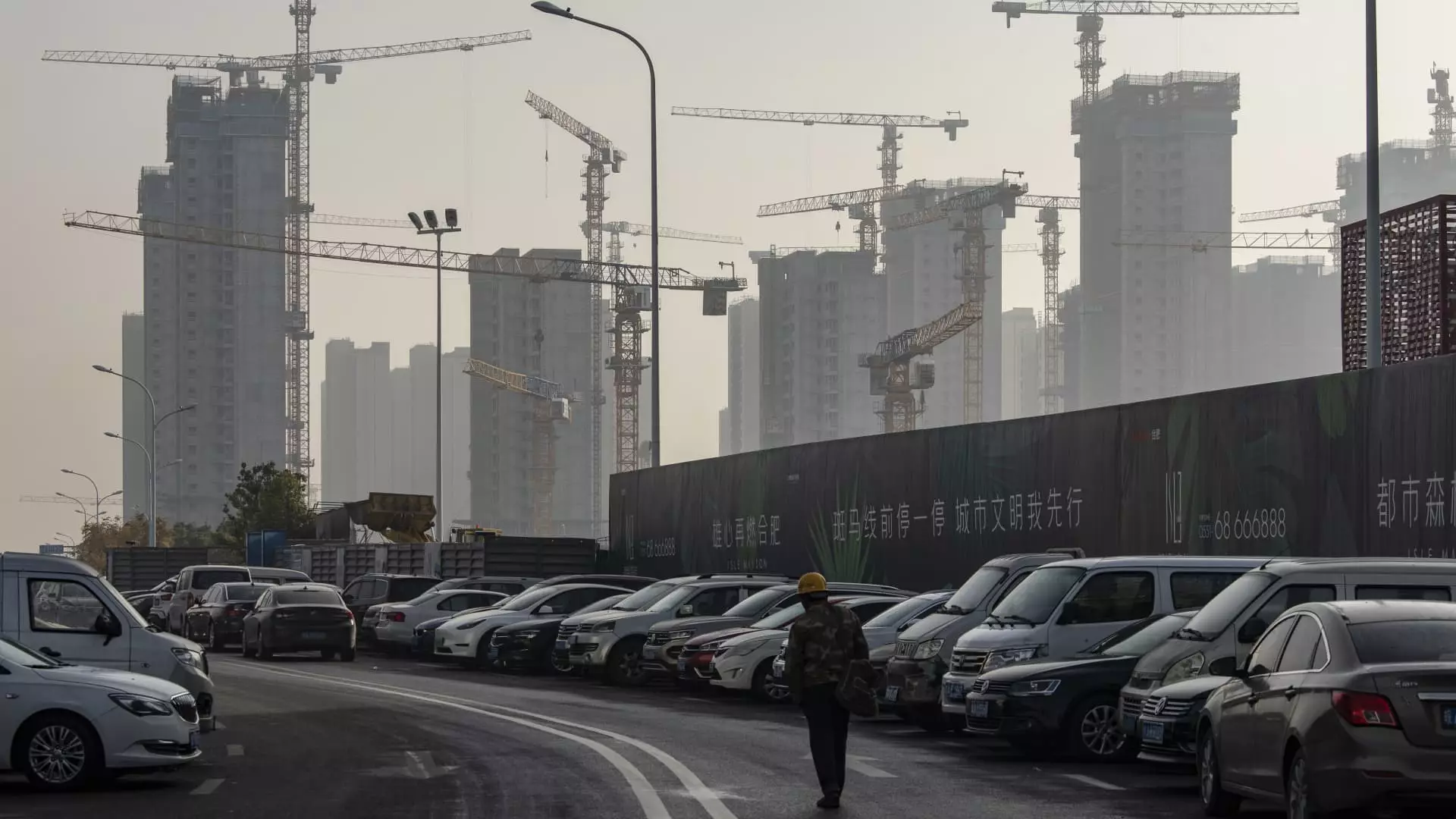China’s real estate sector, once a booming engine of economic growth, is facing a prolonged period of stagnation. Months of tepid economic indicators have captured the attention of economists and investors alike, leading to mounting concerns about the sector’s sustainability. Despite government interventions aimed at stabilizing the market, three research firms have recently underscored that a rebound may not occur until the second half of 2025. This forecast reflects ongoing struggles that stem from a series of challenges, including falling property sales and overwhelming unsold inventory.
The Chinese government, led by President Xi Jinping, has acknowledged the need for intervention. Recent meetings have focused on strategies intending to halt the continuous decline of the real estate market. Despite these pledges, the actual effectiveness of the measures rolled out, such as fiscal support and policy adjustments, remain questionable. Analysts from Goldman Sachs, S&P Global Ratings, and Morgan Stanley have weighed in on this pressing issue, alluding to a complex web of economic factors that must be untangled for any meaningful recovery.
Governments’ attempts to stabilize the real estate sector can often be riddled with challenges, and China’s case is no exception. After rolling out various incremental measures, including a meeting focused on halting the market’s descent, the Chinese Finance Ministry introduced additional strategies for stabilization. Still, analysts assert that for the measures to yield the desired outcome, they need to be comprehensive and coordinated.
Goldman Sachs has opined that additional government spending of around 8 trillion yuan ($1.12 trillion) is crucial to reversing the downward trend. Analysts argue that this investment must address liquidity challenges facing developers and help mitigate unsold inventories of housing. Without such decisive action, projections suggest that the downturn could extend for at least three more years. The ramifications are significant, given that China’s real estate sector has historically accounted for over 25% of the nation’s GDP.
The real estate slump has profound implications not only for the economy but also for consumer behavior. Over the past year, developers within China have struggled to meet contractual obligations for pre-sold homes, leading to growing consumer disillusionment. As households grapple with uncertainty regarding their housing investments, a ripple effect on demand and pricing structures has emerged. Research materials indicate that around 20 million homes remain unfinished, heightening the urgency for governmental action.
Despite the broader crisis, there are signs of marginal recovery. A more measured decline of around 4% in property sales in major cities this October suggests that the market may be stabilizing, compared to a dramatic drop of over 25% in the previous month. However, stabilization does not signify a full recovery; instead, projections indicate that property sales could continue to hover below previous peaks, as inventory issues persist.
As we look further into the future, analysts are skeptical about the prospects for China’s real estate sector. The forecast suggests sales could plummet further from 9 trillion yuan this year to as low as 8 trillion yuan by 2025—less than half the level seen in 2021. The increase in unsold properties has put considerable pressure on developers who find themselves resorting to price cuts in a bid to attract buyers.
S&P Global reports a concerning downturn in liquidity, a situation compounded by a significant decrease in new construction projects. Comparatively, new construction work has decreased by approximately 42% from its peak in 2019. With developers opting for a more cautious approach towards land acquisition and project initiation, the pipeline for new inventory is severely constrained. Such a downturn indicates an industry not just in decline but in a potential stagnation that may last for several years.
The situation facing China’s real estate sector is complex and requires a nuanced approach to recovery. While officials are making efforts to stabilize the market through various financial measures, the efficacy of these strategies remains in question. The need for substantial government intervention is apparent, especially given that the underlying issues of liquidity, consumer confidence, and unsold inventory persist. As the situation continues to evolve, stakeholders must remain vigilant, recognizing that today’s challenges could shape the landscape of China’s housing market for years to come.

Leave a Reply